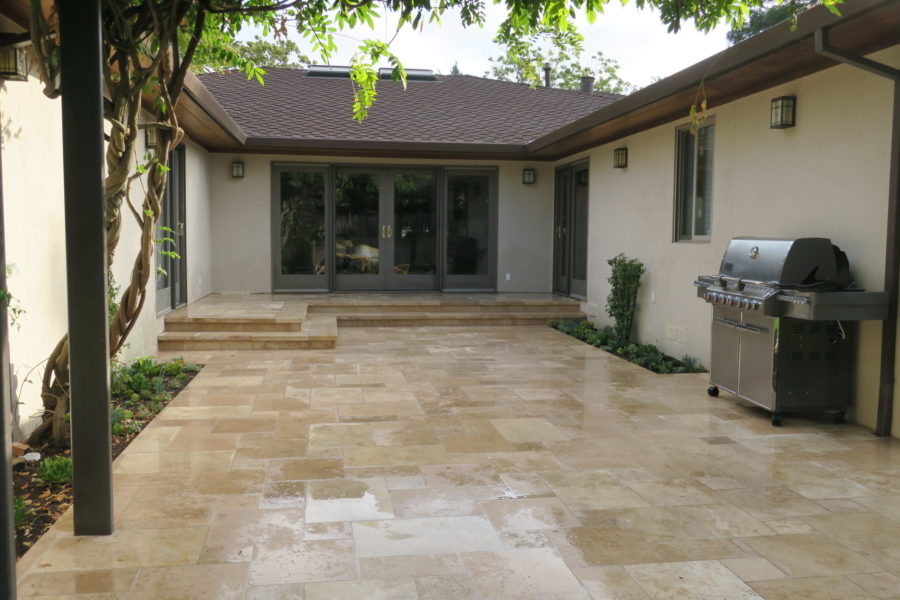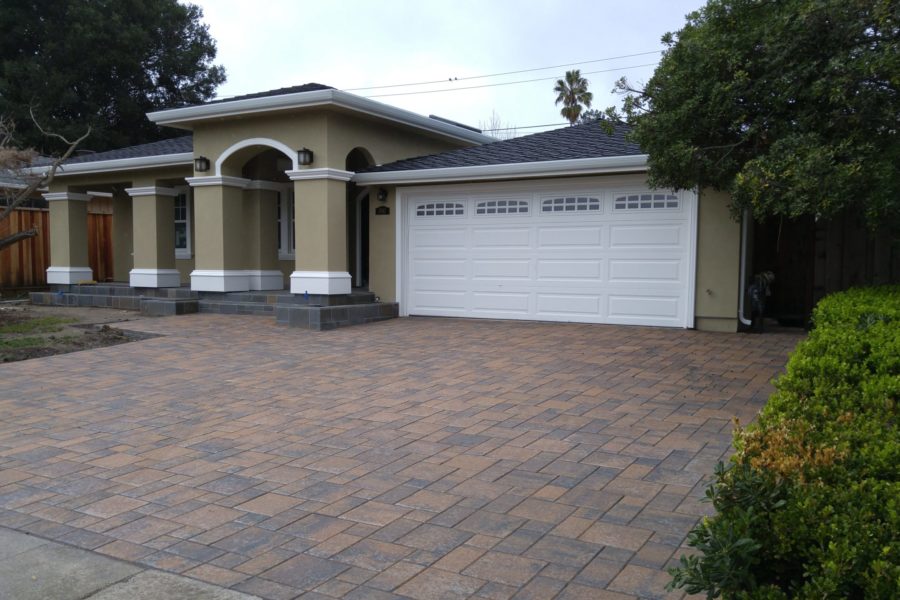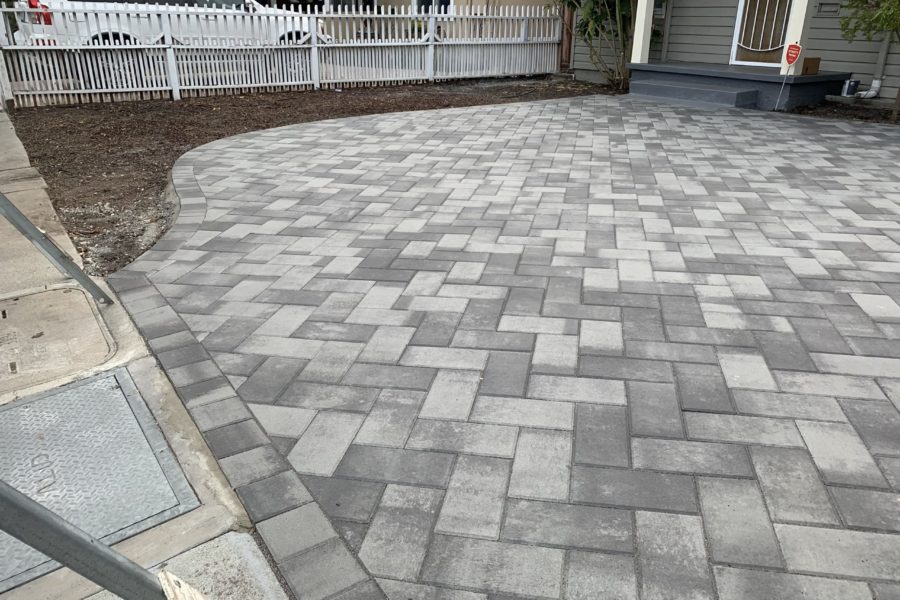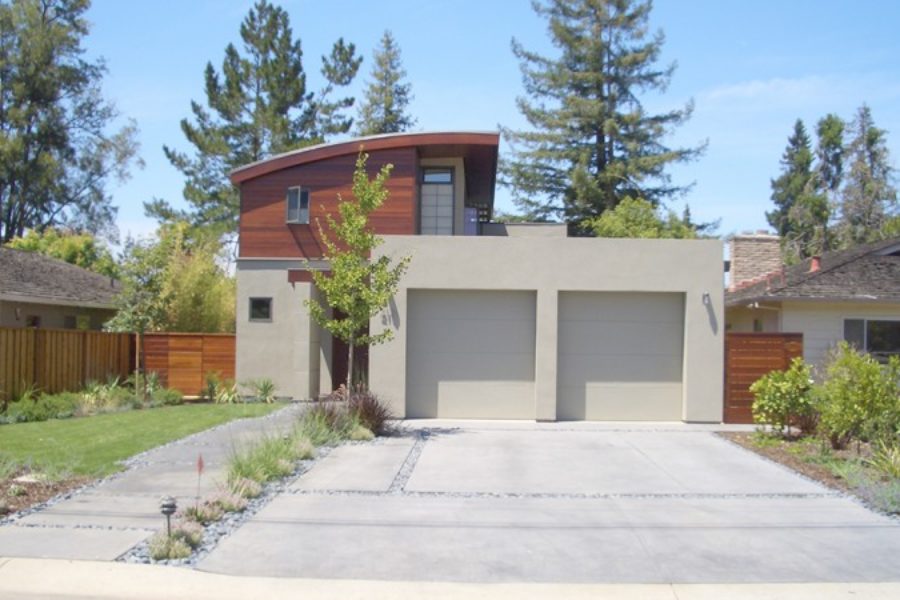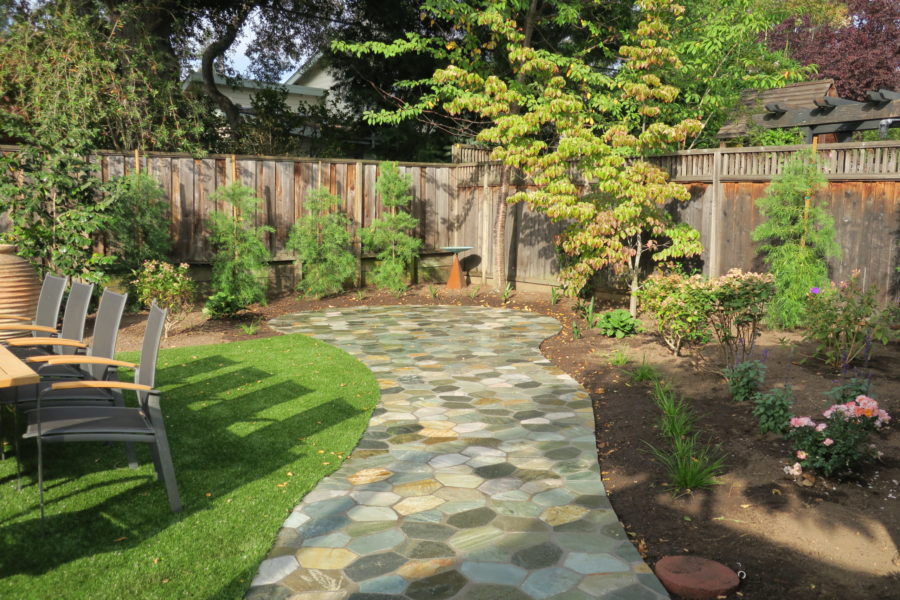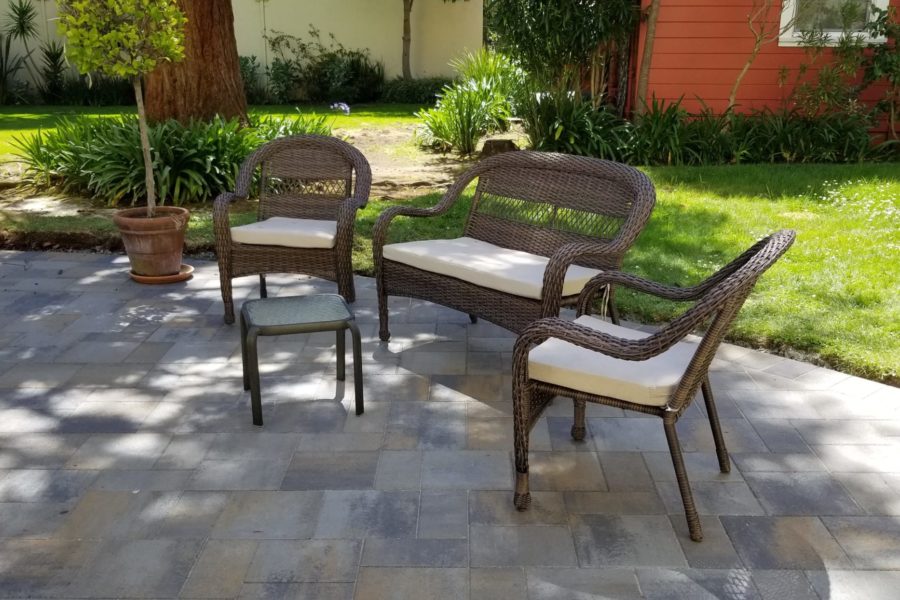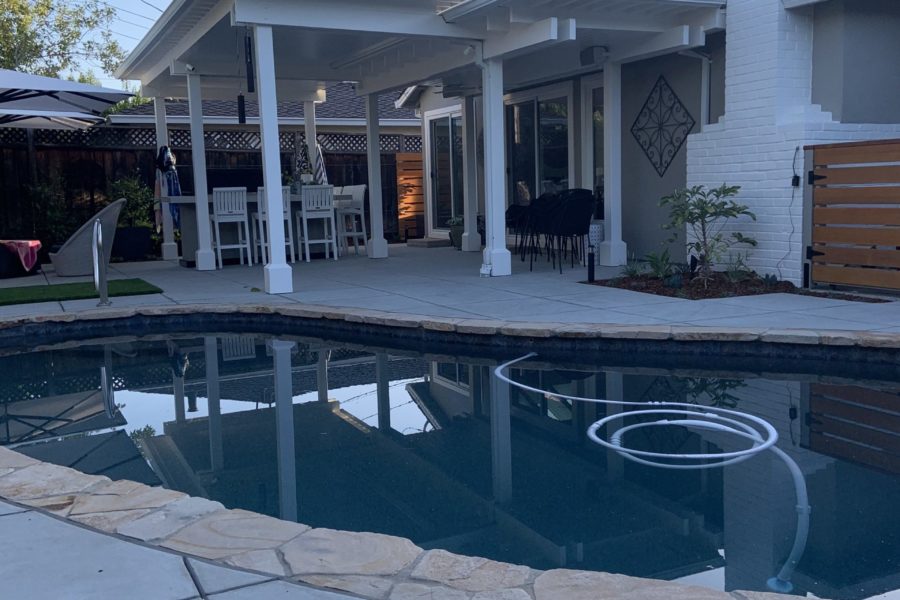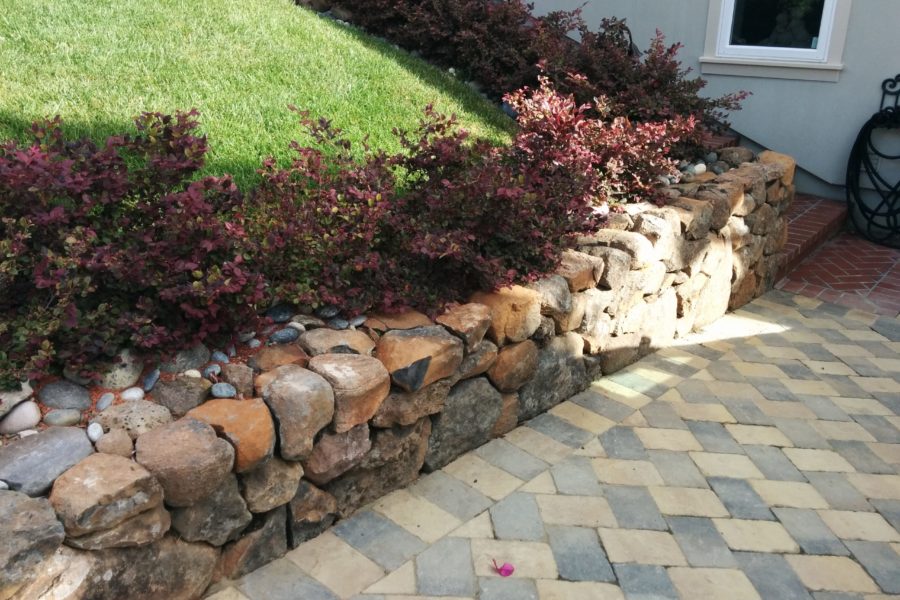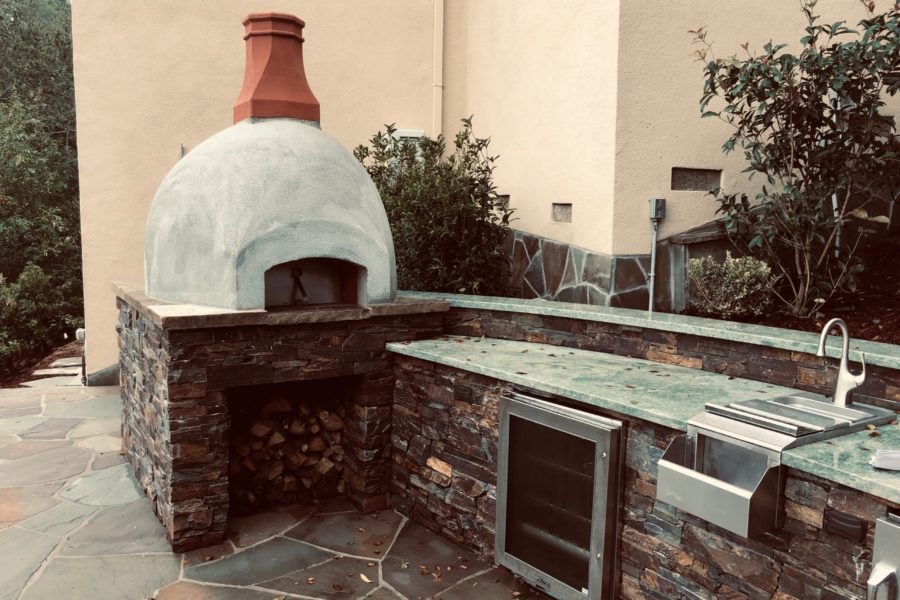Residential drainage systems are designed and implemented to move water away structures with the objective of preventing pooling of water, flooding, and/or structural damage.
Slope / gravity based drainage systems, use gravity to move storm water, through solid drain pipes, that slope away from a structure to a preselected discharge location. Water enters the system through a collection point and is routed through solid drain line, which is set at an incline so the water will follow gravity through the pipe and away from the structure to a discharge location. For properties where gravity is working against the system, we can introduce a sump pump into the drainage equation. After initial collection of the water, it is routed to one or more holding areas. Each holding area is serviced by one or more sump pumps that redirect the water to a suitable discharge location.
French Drains
French drains are typically set around the perimeter of structures or behind retaining walls. They are constructed with the dual objectives of preventing water related structural damage and to reduce ground water pressure upon the structure. They are created by excavating a trench, lining the trench with filter fabric, setting a perforated drain pipe to collect water, and filling the trench with drain rock. As water permeates through the drain rock, it is collected by the perforated pipe, which is used to direct the water away from the area.
After water is captured by one or more of the various drainage collection points, and redirected through solid drain line to a desirable discharge location, we can terminate the line(s) into a pop-up bubbler, a dry well, the municipal storm drain system (where allowable by building code), a riprap area, or many other options.
Rippap Area
Riprap is a collection of rock (typically granite or limestone) and/or concrete rubble that is placed in pit, on a hillside, or adjacent to moving water. Riprap is utilized to control erosion in areas where water is being either contained or moved.


